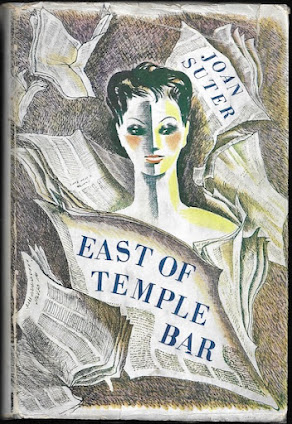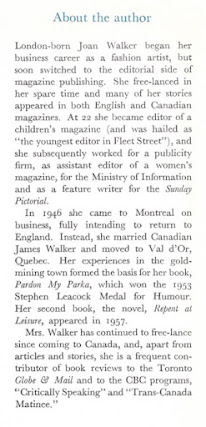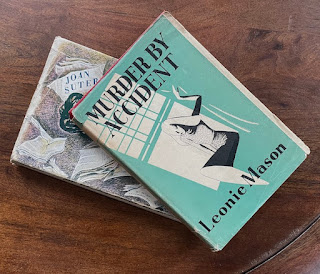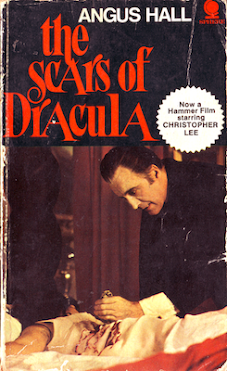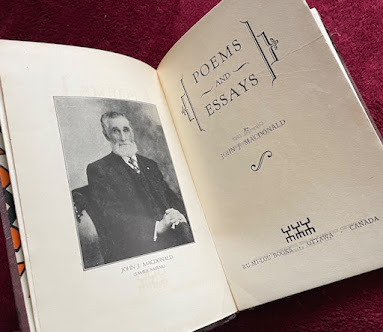Philistia
Grant Allen
London: Chatto & Windus, 1901
317 pages
Roughly one-third of the way though Philistia, Herbert Le Breton prepares to ascend the Piz Margatsch
I was hoping he'd be killed in the attempt.
The death would be hard on his mother, of course, but then Lady Le Breton is accustomed to loss. Some years before, her husband, Sir Owen, perished in the Indian Mutiny, leaving her with three young boys and an unexceptional military pension. The widow soldiered on, raising her sons in a modest townhouse in an exclusive neighbourhood. Its address had everything to do with keeping up appearances.
 Herbert, the eldest son, holds a fellowship at Oxford; younger brother Ernest has set his sights on same. The third Le Breton boy, sickly sensitive Rupert, still lives at home. He has dedicated his life to Christ's teachings, helping the less fortunate in a manner that offends his mother's High Church Anglicanism. And yet it is Ernest, a dedicated socialist, who is the true black sheep of the family. Herbert is the most pragmatic of the three. Content to be blown about by prevailing winds, he's looking to land in whichever area of the political spectrum might bring the greatest advantage.
Herbert, the eldest son, holds a fellowship at Oxford; younger brother Ernest has set his sights on same. The third Le Breton boy, sickly sensitive Rupert, still lives at home. He has dedicated his life to Christ's teachings, helping the less fortunate in a manner that offends his mother's High Church Anglicanism. And yet it is Ernest, a dedicated socialist, who is the true black sheep of the family. Herbert is the most pragmatic of the three. Content to be blown about by prevailing winds, he's looking to land in whichever area of the political spectrum might bring the greatest advantage.
Oxford men, together Herbert and Ernest form one half of a clique that includes mathematician Henry Oswald, a Fellow and Lecturer at Oriel College. The last in their group, the Reverend Arthur Berkley, curate of St Fredegond's, has first-floor rooms in the front quad of Magdalen.
All four men are close, but not nearly so that they know much about one another. No one is aware that Arthur is the son a poor shoemaker. Lady Le Breton's sons have some idea that Henry Oswald's parents are grocers in "the decayed and disfranchised borough of Calcombe
Pomeroy."
It goes without saying that class distinction and geography mean nothing to Ernest, whose heart is won by Edith Oswald, Henry's lone sibling.
Can you blame him? Edie is as intelligent and personable as she is pretty. And, though low on the social scale she's dedicated to the betterment of the less fortunate.
The socialist proposes. The grocers' daughter accepts.
Ernest and Edith are a great match, but Herbert looks down on the couple. That he does has everything to do with my wish for his death on Piz Margatsch. You see, Henry too shares a relationship with a grocers' daughter: Selah Briggs. She knows him as "Herbert Walters." He's promised marriage, but has no intention of watching her walk down the aisle. In short, he's stringing her along.
Grant Allen's first novel,
Philistia followed seven volumes of non-fiction, the earliest being
Physiological Æsthetics (London: Henry S. King, 1877). In
My First Book (London: Chatto & Windus, 1897), Allen writes:
I wasn't born a novelist, I was
only made one. Philosophy and science were the first loves
of my youth. I dropped into romance as many men drop
into drink, or opium-eating, or other bad practices, not of
native perversity, but by pure force of circumstances. And
this is how fate (or an enterprising publisher) turned me from
an innocent and impecunious naturalist into a devotee of the
muse of shilling shockers.
The author is being far too hard on himself.
Philistia is no shilling shocker; it contains neither crime nor violence. One life is lost, but this is the result of an unfortunate accident. It's clear that Allen had no interest in writing an entertainment, rather he saw
Philistia as an opportunity to employ fiction as a means of sharing his thoughts on science, evolution, religion, politics, and the distribution of wealth. If this sounds in any way dry, I assure you that it is not. Allen comes up with a clever story about hypocrisy, injustice, and privilege in Victorian society. Its characters are very much alive.
I really did want Herbert Le Breton to die.
As a first time novelist, Allen's greatest fault lies in his reliance on introspection... needless introspection... pages of needless introspection.
Pages.
The novel's greatest fault belongs to publisher Andrew Chatto, the same man who encouraged Allen to try his hand at writing fiction. This 1883 letter gives some indication of the pressure Allen experienced (I've blacked out a few bits so as not to spoil):
Dear Mr. Chatto,
Many thanks for your letter of hints
about my unfinished novel. "Philistia" is certainly a very
taking title, and I shall be very glad to adopt it. If you want to announce the novel in your programme for the "Gentleman's" (as I suppose you will), I think it had better
be under that name.
As to not killing Ernest le Breton, I hardly see how
one is to get out of it. To me, it seems almost the only
possible end. If you feel very strongly that readers won't
allow him to be killed, I will try to find some other
alternative, but it will be difficult to manage. If one made
him recover or get on well in the world, then there would
be no dénouement, and, as a matter of character, I doubt
whether such a person ever "would" get on well. However, I shall be guided by you in the matter; and if you
think it indispensable that Ernest should live, I will try
to work out another conclusion. I intended from the first
that Ronald should marry Selah; and if Ernest doesn't die,
there is no reason why Lady Hilda shouldn't marry Berkely.
Yours very faithfully,
Grant Allen.
Not since reading Ronald Cocking's
Die With Me, Lady have I seen a novel of such promise fall apart so completely. A great shift begins in 'A Gleam of Sunshine,' the thirty-third of the novel's thirty-eight chapters. Here the realistic turns fantastic. The dying character referred to in Allen's letter to Chatto is made healthy, and achieves great fame and wealth; his wife is saved from widowhood. The final chapter brings news of two impending marriages.
As a result, I came away from Philistia feeling so very, very sad.
Trivia I: Righty or wrongly, Allen has been credited or blamed for having come up with "he looked deeply into her eyes." Unsurprisingly, the line occurs in the novel's final chapters:
Bending over towards where Hilda sat, he took her hand
in his dreamily: and Hilda let him take it without a movement. Then he looked deeply into her eyes, and felt a
curious speechlessness coming over him, deep down in the
ball of his throat.
Trivia II: The novel's working title was 'Born out of Due Time.' It was Andrew Chatto who suggested Philistia.
I think we can all agree that it is the better title.
Object: "A NEW EDITION" published two years after the author's death, my copy was once part of Boots Booklovers Library. I'm not sure how to read this label, pasted to the rear endpaper.
Someone may be able to enlighten.
I purchased the book in 2018 from a British Columbia bookseller. Price: US$35.00.
Access: Philistia first appeared in 1884 numbers of The Gentleman's Magazine under the pseudonym "Cecil Power." Later that same year, it was published by Chatto & Windus in a three-volume edition.
The 1888 Chatto & Windus "cheap edition" can be read online here thanks to the Internet Archive and Emory University. The cover illustration is interesting in that it depicts a scene featuring Rupert and Selah, two minor characters:
As I write this, no copies of
Philistia, in any edition, are being offered online.
Remarkably, Allen's 1883 letter to Andrew Chatto
may be purchased as part of a small collection that also includes a copy of
The Woman Who Did inscribed by the author to Andrew Lang.
My birthday is in August.
Related post:























